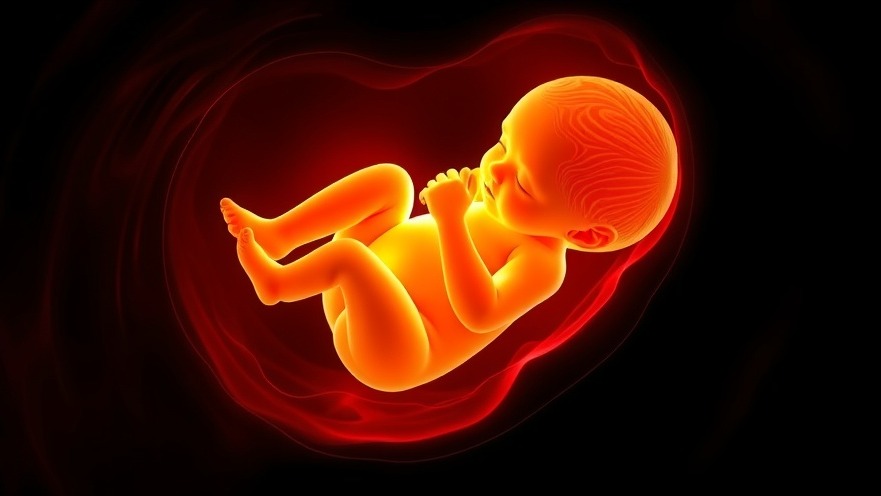
Unveiling the Promise of Nanodiamonds in Prenatal Care
Recent health innovations are shining a light on the potential role of nanodiamonds combined with hormones in promoting lung growth in fetuses with underdeveloped lungs due to rare conditions. This groundbreaking research holds implications for prenatal care, allowing practitioners to address lung development and potential complications before birth.
The Role of Nanodiamonds in Medical Technology
Nanodiamonds, tiny particles of carbon, are gaining attention thanks to their unique properties and bio-compatibility. They can be used as drug delivery systems, capable of transporting nutrients and medications directly to targeted cells more effectively than traditional methods. The recent study that examines their application in conjunction with hormones shows great promise for those managing high-risk pregnancies.
Hormonal Interventions: A New Frontier
Hormones like glucocorticoids have long been utilized to aid lung maturation in fetuses at risk of developmental issues. By integrating nanodiamond technology, researchers aim to enhance this effects significantly, allowing for more precise dosing and minimizing possible side effects. This enhanced delivery system may offer improved outcomes for babies born with conditions that affect lung growth.
Evidence from Recent Studies
In clinical tests, the combination of nanodiamonds and hormonal treatments has shown increased lung growth in animal models that closely replicate human developmental conditions. This raises exciting opportunities for developing treatments tailored for human neonates facing similar challenges. If proven effective in human trials, this could revolutionize how physicians manage prenatal care.
Challenges and Considerations in Implementation
While the initial findings are promising, several challenges remain before widespread clinical application. Ethical considerations around fetal treatment and regulatory hurdles will need addressing. As healthcare practitioners, staying informed about these developments is crucial, as they will direct future treatment protocols.
Future Predictions: Transforming Prenatal Care
Looking ahead, the integration of nanotechnology in prenatal healthcare could reshape how we approach fetal developmental issues. With advancements in data collection technologies and analytics, personalized treatment plans tailored to individual fetal needs may not only be possible but could become the standard practice.
Bridging the Gap Between Technology and Patient Care
For concierge health practitioners, leveraging the advancements in nanotechnology and hormone treatments provides a unique opportunity to enhance patient care. By understanding these emerging technologies, practitioners can better inform expectant parents regarding the potential for improved outcomes for at-risk fetuses. This knowledge equips healthcare providers to make informed decisions that prioritize maternal and fetal health.
Next Steps for Healthcare Providers
As new research continues to emerge, it is essential for practitioners to stay engaged with the latest studies and clinical trials. Networking with specialists in perinatal medicine and attending relevant conferences can enhance awareness and understanding of these practices. Healthcare providers are encouraged to stay proactive and consider how these innovations might fit into their practice and patient care frameworks.
In conclusion, understanding the synergy between nanodiamonds and hormone treatment is an exciting prospect for the future of prenatal care. As these technologies evolve, so too will the ways we support fetal development and optimize outcomes for newborns who face significant health challenges. Staying informed and embracing these changes will enable concierge health practitioners to offer the best possible care for their patients.
 Add Row
Add Row  Add
Add 




Write A Comment